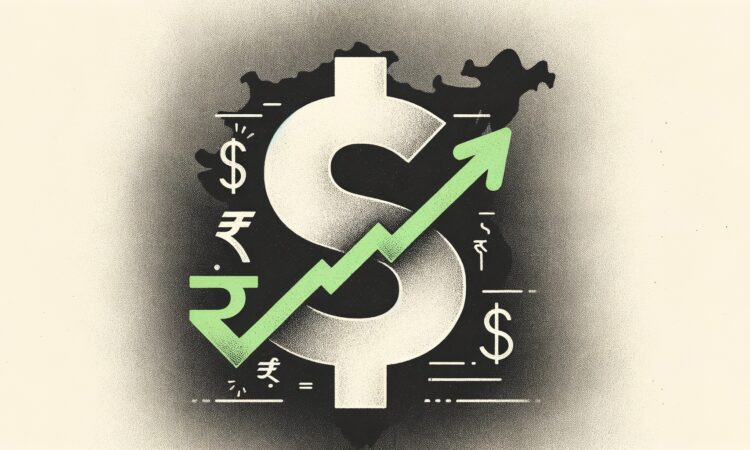
What’s going on here?
The Indian rupee hit a two-week high on August 19, 2024, reaching 83.90 against the dollar as a softer US dollar and dovish Fed expectations provided support.
What does this mean?
The rupee’s rise, although modest, is linked to a weaker dollar, with the dollar index dropping 0.3% to its lowest since mid-January at 102.1. Market sentiment is influenced by expectations that Federal Reserve Chair Jerome Powell will signal a 25-basis-point rate cut at the September meeting. Traders have fully priced in this cut, dissuaded from expecting a more substantial 50-bps reduction by strong US economic data. Despite this lift, the rupee underperformed other Asian currencies, which saw gains between 0.3% and 1.5%. The rupee has declined by about 0.2% over the past month due to increased dollar demand from local importers and significant equity outflows.
Why should I care?
For markets: Riding the currency roller coaster.
While the rupee managed to gain ground due to a weaker dollar, continued outflows from the local equity market and strong dollar demand from importers are capping its rise. With foreign investors pulling $2.5 billion from Indian stocks this month, the rupee may struggle to break above 83.80. Investors need to watch equity flows and import demands closely in the coming weeks for further currency movement.
The bigger picture: Global monetary shifts in play.
Today’s currency dynamics provide a window into broader global economic trends. The expectation of a dovish Fed shift is guiding market movements worldwide, impacting not just the dollar but also currency strategies in emerging markets like India. As the Federal Reserve’s policy unfolds, it will shape global financial strategies and potentially bring more volatility to currency markets.


